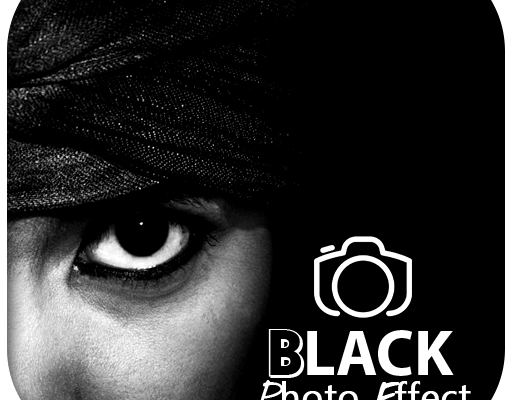Introduction to Black Picture Editing
Black picture editing, also known as black and white photo editing, is a captivating art form that involves manipulating grayscale images to create stunning visuals. While color photography has its allure, black and white photography adds a timeless and classic touch to images, evoking emotions and emphasizing details in a unique way.
Understanding the Importance of Black Picture Editing
Black picture editing is not merely about converting colorful images to grayscale. It’s about understanding the nuances of light, shadows, and contrasts to transform ordinary photographs into extraordinary works of art. By stripping away colors, black picture editing allows photographers to focus on composition, texture, and mood, resulting in images that are impactful and visually striking.
Choosing the Right Editing Software
To embark on your black picture editing journey, selecting the right editing software is crucial. Popular options like Adobe Photoshop and Lightroom offer a plethora of tools and features specifically tailored for black and white photo editing. These programs provide extensive control over tonal adjustments, allowing you to fine-tune every aspect of your black pictures with precision and ease.
Basic Editing Techniques for Black Pictures
Adjusting Contrast and Exposure
One of the fundamental techniques in black picture editing is adjusting contrast and exposure. By increasing contrast, you can enhance the differentiation between light and dark areas, adding depth and dimension to your images. Similarly, tweaking exposure settings allows you to control the overall brightness of the picture, ensuring optimal tonal range.
Enhancing Shadows and Highlights
In black and white photography, shadows and highlights play a pivotal role in defining the mood and atmosphere of the image. Utilize tools like the Shadows/Highlights adjustment to recover details in shadowy areas and prevent overexposure in highlight regions, achieving a well-balanced composition.
Fine-tuning Black Levels
To achieve rich blacks and crisp whites in your black pictures, fine-tuning the black levels is essential. Adjusting the black point slider helps intensify dark tones, adding depth and intensity to the shadows, while avoiding loss of detail in the highlights.
Advanced Editing Techniques for Black Pictures
Using Gradient Maps
Gradient maps offer a sophisticated approach to black picture editing by mapping specific tones to different grayscale values. By applying gradient maps, you can infuse your images with subtle tonal variations and create custom monochrome effects that enhance mood and visual appeal.
Applying Color Grading
While black and white photography may seem devoid of color, strategic color grading can significantly impact the overall tone and atmosphere of your images. Experiment with toning presets or manually adjust the color balance to add warmth or coolness to your black pictures, imbuing them with a distinctive aesthetic.
Creating Dramatic Effects with Dodge and Burn
Dodge and burn techniques involve selectively lightening or darkening areas of the image to enhance highlights and shadows, respectively. By meticulously sculpting light and shadow, you can create captivating visual narratives and draw the viewer’s attention to specific elements within the frame.
Tips for Achieving Professional-Looking Black Picture Edits
- Experiment with different editing techniques to discover your unique style.
- Pay attention to composition and framing to create visually compelling images.
- Regularly practice and seek inspiration from renowned black and white photographers.
- Don’t be afraid to push the boundaries and experiment with unconventional editing approaches.
- Keep refining your skills and stay updated on the latest trends and advancements in black picture editing.
Common Mistakes to Avoid
- Over-processing images, leading to loss of detail and unnatural-looking results.
- Neglecting to preserve highlights and shadows, resulting in flat and uninspiring photos.
- Ignoring composition principles, such as balance and symmetry, which are essential for impactful black picture editing.
- Relying too heavily on presets and filters without understanding their impact on the overall aesthetic.
- Failing to solicit feedback and constructive criticism from peers and mentors to improve your editing skills.
Showcasing Your Edited Black Pictures
Once you’ve perfected your black picture editing skills, it’s time to showcase your work to the world. Whether through online galleries, social media platforms, or exhibitions, sharing your edited black pictures allows you to connect with like-minded individuals, gain recognition, and inspire others with your creative vision.
Conclusion
Black picture editing is a rewarding journey that allows photographers to unleash their creativity and transform ordinary photos into timeless masterpieces. By mastering essential editing techniques and experimenting with advanced tools, you can elevate your black picture edits to new heights, captivating viewers and evoking emotions with every image.




